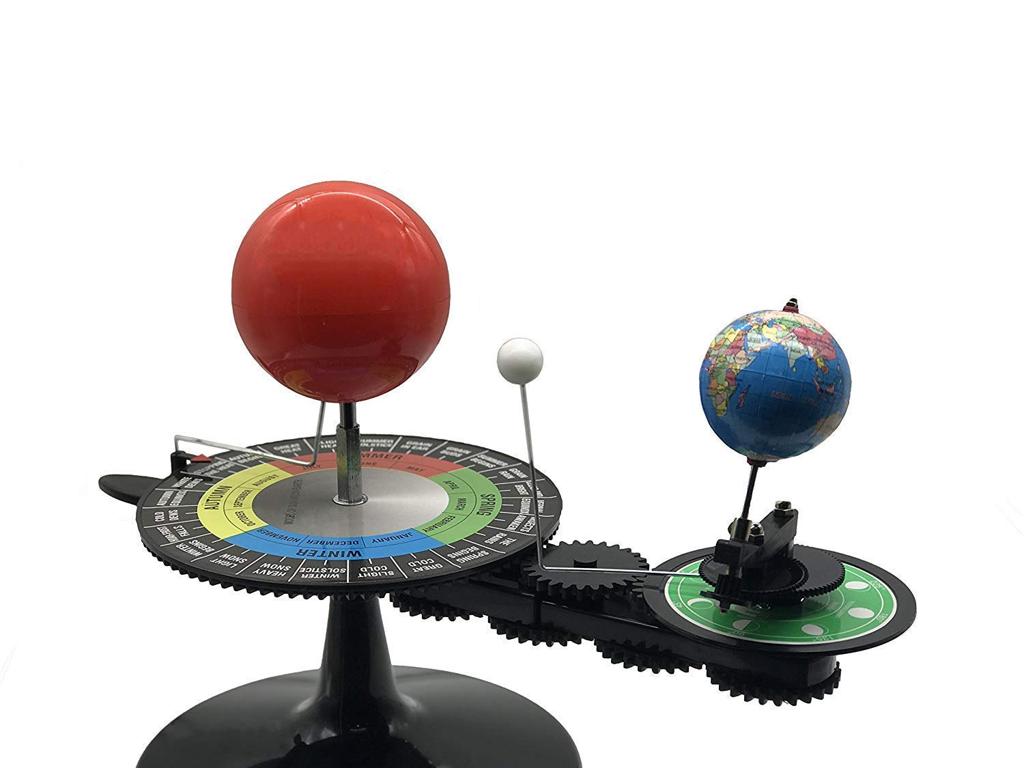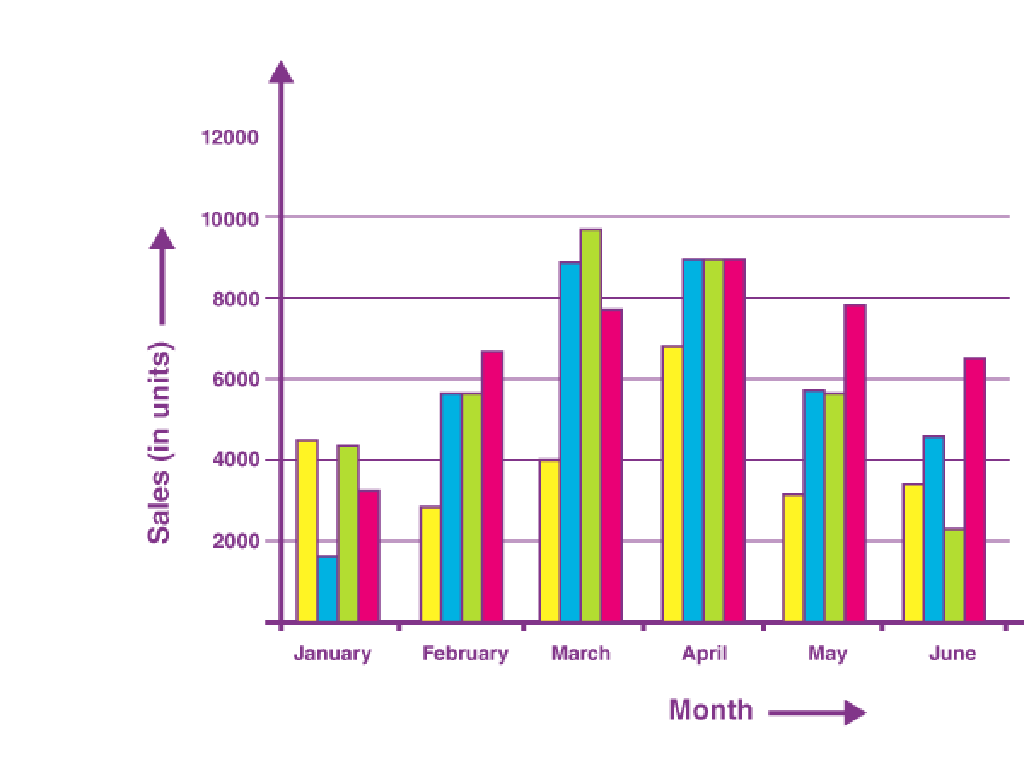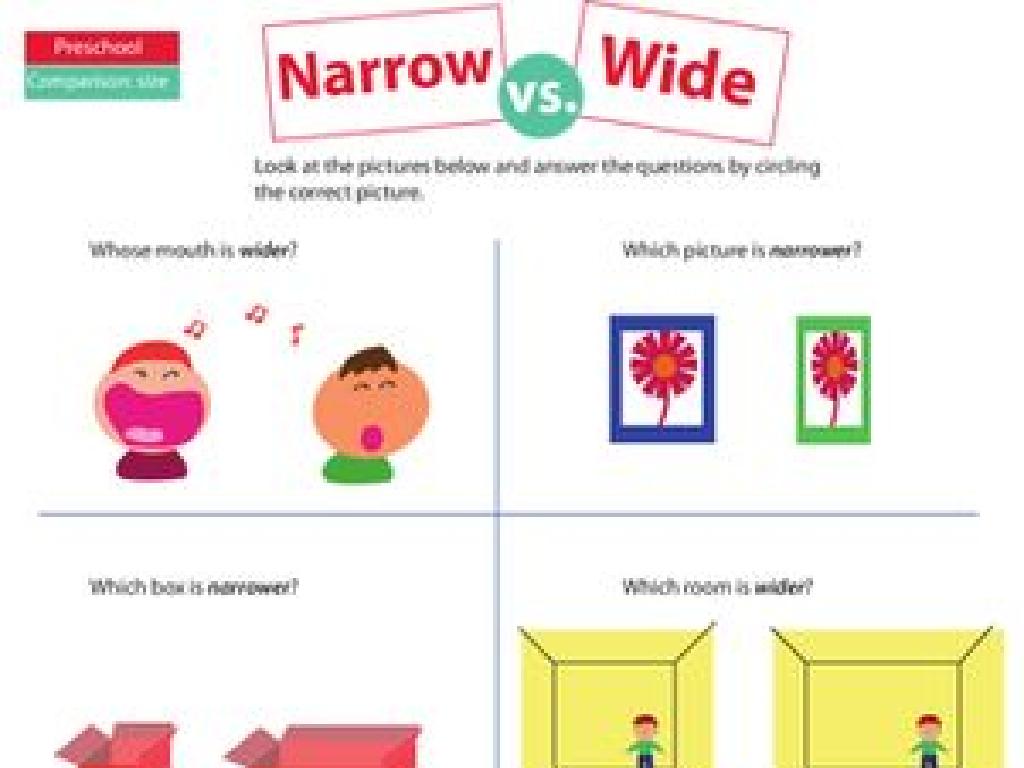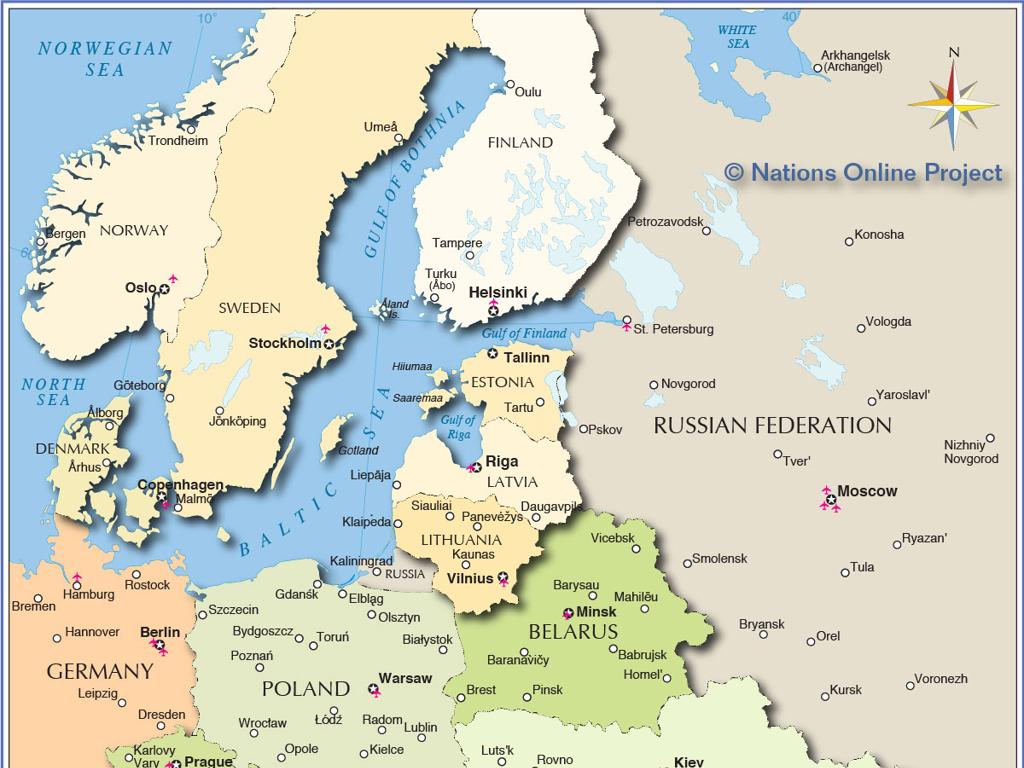Select Countries Of Europe: Review
Subject: Social studies
Grade: Sixth grade
Topic: Europe: Geography
Please LOG IN to download the presentation. Access is available to registered users only.
View More Content
Exploring Europe: A Geographic Journey
– Europe’s diverse geography
– Europe has mountains, rivers, and varied climates.
– Why study different countries?
– Learning about countries helps appreciate cultural & historical contexts.
– Focus on select European nations
– We’ll review key facts about specific countries like France, Germany, and Italy.
– Engage with cultural landscapes
|
This slide introduces the geography of Europe, setting the stage for a focused review of select European countries. Emphasize Europe’s physical diversity, including its mountain ranges like the Alps, major rivers such as the Danube, and a variety of climate zones. Highlight the importance of studying different countries to understand the rich tapestry of cultures, languages, and histories that influence current global dynamics. Today’s lesson will zoom in on countries such as France, Germany, and Italy, exploring their unique geographic features, cultural landmarks, and contributions to European identity. Encourage students to think about how geography shapes the way people live in different parts of Europe.
Exploring the Map of Europe
– Identify European countries
– Discuss select countries’ locations
– France: Western Europe, Germany: Central Europe, Italy: Southern Europe, Spain: Southwestern Europe, Poland: Eastern Europe
– Quick geography facts
– France: famous for the Alps, Germany: known for the Rhine River, Italy: home to the Apennine Mountains, Spain: has the Meseta Plateau, Poland: features the Carpathian Mountains
– Engage with map activities
|
This slide aims to familiarize students with the geography of Europe by identifying and discussing the location of key countries. Start by pointing out each country on a map of Europe. Highlight France, Germany, Italy, Spain, and Poland, discussing their relative locations in terms of cardinal and intermediate directions. Share quick facts about each country’s geography, such as major mountain ranges, rivers, and plateaus, to provide context and help students remember. Incorporate interactive map activities to reinforce learning, such as having students label a blank map or create a fact file for each country. This will help students visually and cognitively connect the countries with their geographic characteristics.
Exploring France: La République Française
– Capital: Paris
– Renowned for fashion and cuisine
– Paris sets global trends and is a culinary hub
– Home to the iconic Eiffel Tower
– A global cultural icon of France and one of the most recognizable structures in the world
– Geography: The Alps and Seine River
– The Alps are famous for skiing, and the Seine River flows through Paris
|
This slide introduces students to France, highlighting its capital, cultural significance, and geographical features. Paris, the capital, is not only the political center but also a trendsetter in fashion and a gastronomic paradise. The Eiffel Tower is an emblematic landmark that offers a glimpse into French engineering and art. Geographically, France boasts diverse landscapes, including the majestic Alps, popular for winter sports, and the Seine River, which is central to Parisian life. Encourage students to explore these aspects of France and consider how geography and culture influence each other.
Exploring Germany: A European Gem
– Germany’s official name
– Known as Bundesrepublik Deutschland
– Berlin: The capital city
– Berlin, a city with a vibrant history and culture
– Rich history and culture
– Renowned for influential history, diverse culture, and strong economy
– Notable geographical features
– The Black Forest and the Rhine River are key landmarks
|
This slide introduces students to Germany, one of Europe’s key countries. Start by discussing Germany’s official name, Bundesrepublik Deutschland, and its meaning as a federal republic. Highlight Berlin, not just as the capital, but as a hub of history and culture. Emphasize Germany’s role in world history, its cultural contributions, and its economic strength. Discuss geographical features like the Black Forest, known for its dense woodlands and folklore, and the Rhine River, which is central to trade and has been a natural border throughout history. Encourage students to think about how these features have shaped Germany’s development and identity.
Exploring Italy: A European Gem
– Italy, known as Repubblica Italiana
– Rome: The capital city
– The historic heart of Italy and home to the Vatican
– Famous for art, architecture, cuisine
– Birthplace of the Renaissance, famous for pizza and pasta
– Key geographical features
– The Apennine Mountains run down the spine of Italy, the Po River is the longest in Italy
|
This slide introduces Italy, one of Europe’s most culturally rich countries. Begin with its official name, Repubblica Italiana, and its capital, Rome, which is also the site of the Vatican City. Highlight Italy’s global contributions to art and architecture, referencing the Renaissance, and its world-renowned cuisine, especially pizza and pasta. Discuss the Apennine Mountains as a significant physical feature that stretches along the peninsula, and the Po River as Italy’s longest river. Encourage students to think about how these geographical features have influenced Italy’s culture and history. Consider showing images of the Colosseum, Renaissance art, and a map highlighting the mountains and river to provide visual context.
Exploring Spain: Reino de España
– Capital: Madrid
– Renowned for culture and leisure
– Famous for Flamenco dance and La Tomatina festival
– The Pyrenees and Ebro River
– The Pyrenees: a natural border with France, Ebro: longest river in Spain
– A hub for festivals and dance
|
This slide introduces students to Spain, highlighting key geographical and cultural features. Madrid, the capital, is the political and cultural heart of the country. Spain is renowned for its vibrant festivals like La Tomatina and traditional dances such as Flamenco. Geographically, the Pyrenees mountain range is significant as it forms a natural border with France, and the Ebro River is notable for being the longest river entirely within Spain. Encourage students to explore how these geographical features have influenced Spain’s culture and history. Discuss the importance of sunny beaches in Spain’s tourism industry. This review will help students connect physical geography with cultural identity.
Exploring Poland: Rzeczpospolita Polska
– Capital: Warsaw
– Renowned for medieval architecture
– Examples: Warsaw Old Town, Wawel Castle
– Hearty Polish cuisine
– Dishes like pierogi, kielbasa, and bigos
– Key geographical features
– The Carpathian Mountains, the Vistula River
|
This slide introduces students to Poland, officially known as Rzeczpospolita Polska. The capital city, Warsaw, is a hub of historical and cultural significance, famous for its beautifully restored medieval architecture. Polish cuisine is another highlight, offering a rich variety of flavors with dishes such as pierogi (dumplings), kielbasa (sausage), and bigos (hunter’s stew). Geographically, Poland features notable landscapes like the Carpathian Mountains, providing a natural border in the south, and the Vistula River, the longest river in Poland. Encourage students to explore these features further and understand how geography and culture are intertwined in the context of Poland.
Comparing European Countries
– Similarities and differences
– Size, population, language similarities
– Geographical and cultural comparison
– Mountains in Switzerland vs. plains in Hungary
– Famous landmarks
– Eiffel Tower in France vs. Colosseum in Italy
– Interactive Q&A session
– Prepare questions based on today’s review
|
This slide aims to engage students in a comparative analysis of different European countries. Start by discussing the similarities and differences between countries, such as language families or historical backgrounds. Move on to compare geographical features like the varied landscapes, climates, and natural resources. Highlight cultural aspects, including traditional foods, festivals, and arts. Discuss famous landmarks that are symbolic of each country. Conclude with an interactive Q&A session where students can ask questions or share their observations, encouraging them to think critically about the diversity within Europe. This activity will help solidify their understanding of European geography and cultural identity.
Class Activity: Create Your European Country
– Divide into small groups
– Invent a fictional European country
– Design capital, cities, landmarks, geography
– Think about what makes a country unique: culture, language, and history
– Present your country to the class
|
This activity encourages creativity and application of geographical knowledge. Divide the class into groups of 3-4. Each group will create a country, complete with a name, capital city, major cities, landmarks, and geographical features like rivers, mountains, or climate zones. They should consider the cultural aspects that might influence their country’s identity, such as language or historical events. Provide a map of Europe for reference. Possible variations: one group could focus on economy, another on government type, etc. This will help students understand the diversity of European countries and the factors that contribute to their individuality.
Reviewing European Geography
– Recap today’s key points
– Discuss Europe’s select countries
– Focus on physical features, climate, and landmarks
– Reflect on geography’s role
– Geography shapes economies, societies, and interactions
– Understand cultures through geography
– How does geography influence cultural identity?
|
As we conclude today’s lesson, let’s revisit the main topics we’ve covered about select countries in Europe. We’ll discuss the physical geography, including mountains, rivers, and climate, as well as human geography like landmarks and cities. Reflect on how these geographical features influence the countries’ economies, societies, and their interactions with the rest of the world. Encourage students to think about how geography can affect cultural identity and perceptions. This reflection will help students appreciate the interconnectedness of geography and culture in Europe and beyond.





